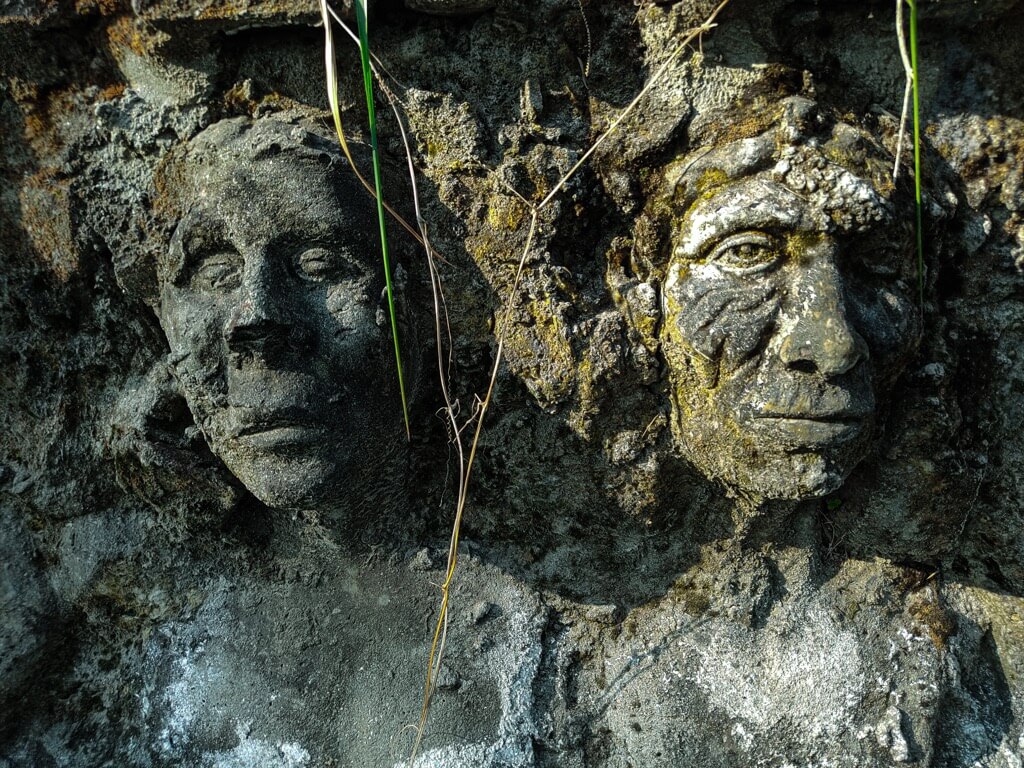In the depths of Indonesia’s Sumatra rainforest, a realm where diverse wildlife thrives, grows a botanical rarity that outshines its animal counterparts in notoriety. The Amorphophallus Titanum, or Titan Arum, is known not just for being one of the world’s largest flowers but for its notorious scent of decay, earning it the nickname “Corpse Flower.”
A Stench for Survival
While its gargantuan size is impressive, the Corpse Flower’s fame largely stems from its potent odor, akin to rotting flesh or overripe garbage under the sun. This olfactory assault is a strategic ploy to attract specific pollinators like sweat bees, flies, and dung beetles, who are drawn to the scent mistaking it for a breeding ground. This deceptive allure is crucial for the flower’s reproduction, ensuring its continuation in the wild.
Italian botanist Odoardo Beccari first documented the Corpse Flower in 1878, dispelling myths of its man-eating nature. The true carnivores are its pollinators, lured by a chemical cocktail possibly including sulfur and decay-associated compounds like putrescine and cadaverine. Scientists believe these odorous compounds, common in other Aroid family plants, are likely present in Titan Arum as well.
Contrary to popular belief, the Corpse Flower is not a single flower but an inflorescence – a cluster of flowers. Its structure consists of a spathe (a petal-like covering) and a spadix (a central fleshy column). The flower’s blooming process is an event in itself, taking years to culminate and lasting only 24 to 30 hours, with the peak of its stench marking its full bloom.
A Long Journey to Fame
From Beccari’s 1878 expedition to its first bloom in European captivity in 1889 at the Royal Botanical Garden in Kew, to its introduction in the United States in 1937, the Corpse Flower has journeyed far from its Sumatran origins. Once a botanical curiosity, it is now a globally recognized species, albeit endangered due to habitat loss.
Today, the Corpse Flower is a celebrated botanical specimen worldwide, intriguing visitors with its unusual aroma and appearance. With over 80 specimens in the United States alone, it remains a sought-after spectacle for botanical enthusiasts and those curious about its unique fragrance. The Corpse Flower, a symbol of the intriguing diversity of the natural world, continues to fascinate and educate about the intricate relationships within ecosystems.

